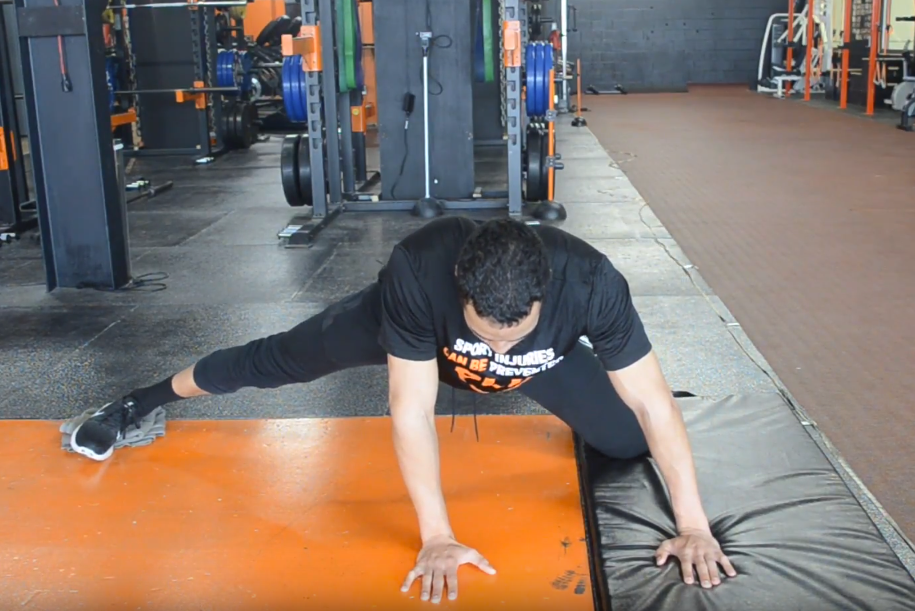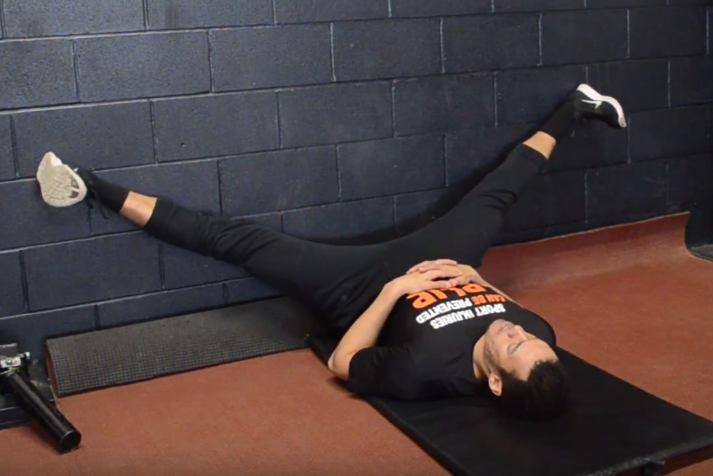What we HOPE to Accomplish with this GUIDE
- Explain the importance and how to develop HIP CONTROL
- Expand your knowledge of Athletic Development and Injury Prevention in relation to this powerful concept
- Build Better Athletes.

LAYERING STRATEGIES
IMPORTANT DISCLAIMER: These strategies do not replace the supervision, feedback or expertise of a health care professional and or strength and conditioning professional. Each athlete requires an evaluation and from there the development of a program to address their unique needs, especially when pain is present. The intent of these HIP CONTROL Challenges is to be a resource / reference for your use.
Any of the following methods can be stacked to add more variety, complexity and more tension to a hip challenge. Be creative and listen to what your body needs.
IRRADIATION and Golden Armor
(Centrate and Activate)
- Glut Activation
- Lateral Wall Activation (SSSSSS)
- Grip or Squeeze Activation
- Shoulders Down
- Double Chin
- Elf Ears
Add Load and Activation
- Weight (Kettle Bell)
- Tubing (To increase packing intensity)
- FRC Strategy: PAIL / RAIL
Add Movement
- Fold / Hinge
- Rotation
- Reach and Spread
- FRC Strategy: CARS (Hip, Shoulder, or Both)
- FRC Strategy: Lift Offs and Hovers
- Holds, hold and rotate
Additional Methods / Considerations
- Passive End Range Holds (AIS / FRC)
- Vibration
- ADD COMPLEXITY (Stack Layers)
- Breath
- Relaxed Distant Gaze
HIP CONTROL CHALLENGE DATABASE
Importance of HIP CONTROL
- Foundation of BODY Precision and Stability built on the BIG 5:
- Awareness and Activation,
- Tissue pliability,
- Joint Range,
- Tissue Health,
- Force Generating Capabilities (Magnitude, Rate / Speed / Coordination)
- Foundation of SPEED. Fluidity and Efficiency vs. Accessory movement
- Foundation of SKILL
- Injury Prevention. Ripple Effect and Femoral Acetabular Impingement (Extremely Common).
- CONTROL, SPEED, SKILL, INJURY PREVENTION = PERFORMANCE
- Law of Control
- Law of Speed
- Law of Signal to Noise
- Law of Injury Prevention
- Works in conjunction / during all movements / sports
APPRECIATE THAT HIP CONTROL is NOT JUST:
- For Mobility, Flexibility or Stretching – there are many benefits
- An isolated joint but relates to the entire body – System Stability
- Something you do at the end or beginning of a workout
- To be done slow and statically


Key Concepts of DEVELOPING HIP CONTROL
- Develop control and strength at end range of motion.
- Armour Activation and IRRADIATION(Trunk, Glut, Grip)
- Expand the capsule. Expand your end ranges with slow and controlled movements.
- Tension for gains. Intensity during contraction.
- Isolate the hip. No accessory movements at the pelvis or trunk – stay centrated.
- Cramping is ok.
- It’s part of your life. Perform daily or multiple times daily
- Be Mindful and integrate your breath.
- Integrate and add Complexity.














